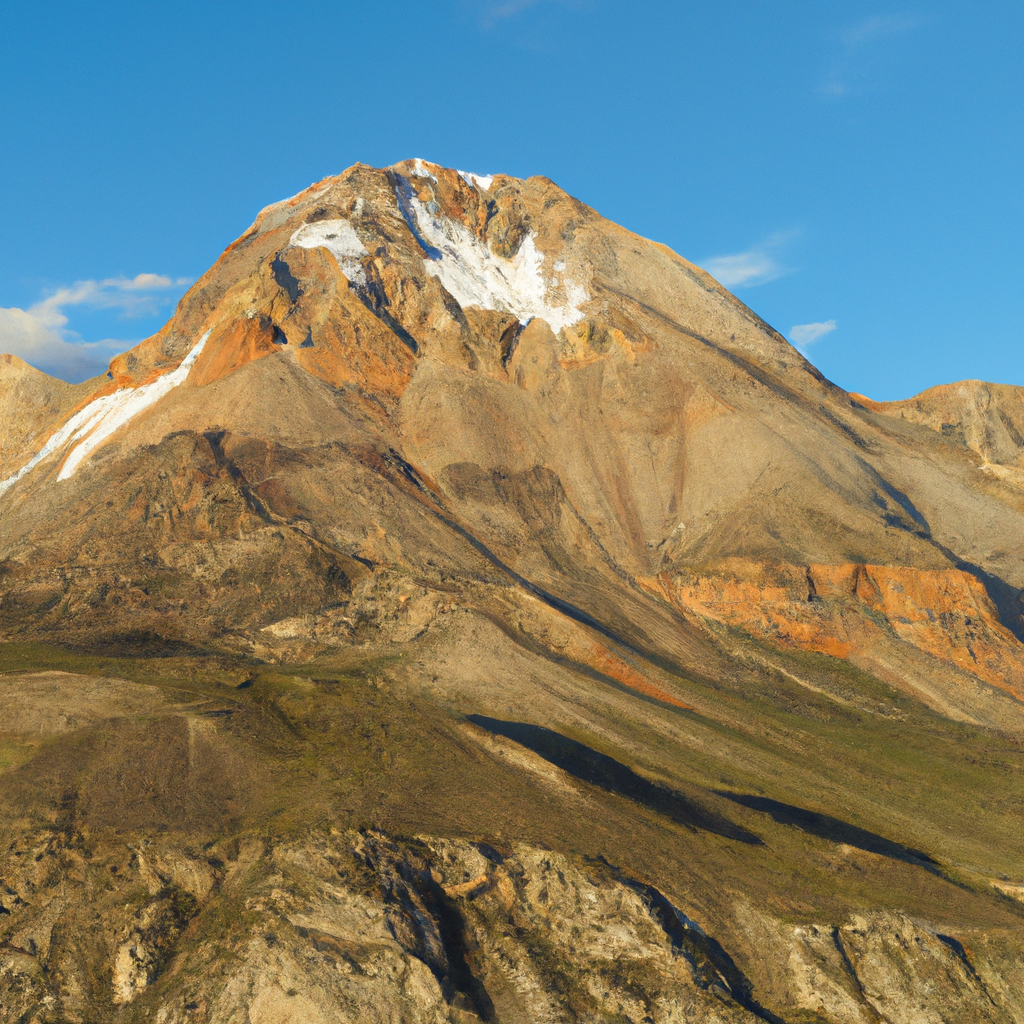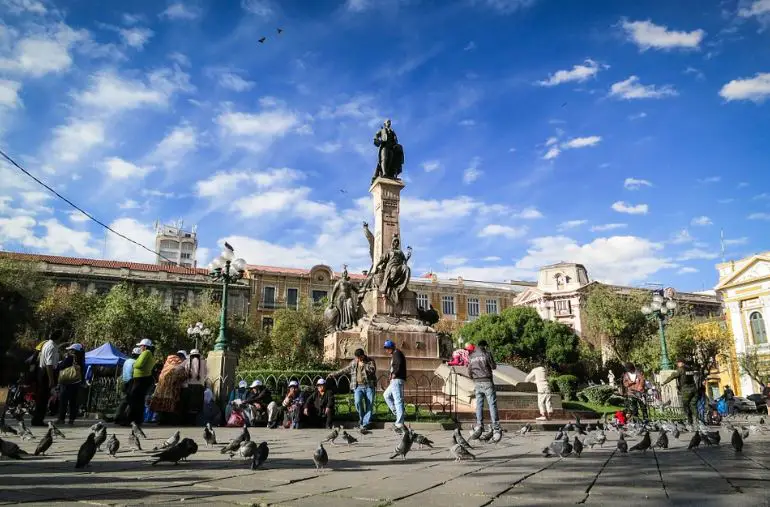Lake Titicaca In Bolivia: Overview,Prominent Features,History,Interesting facts
Overview:
Lake Titicaca is the highest navigable lake in the world, located in the Andes of Peru and Bolivia. It is the largest lake in South America and is often called the “birthplace of the sun” by the local people. The lake and its surrounding region are home to a rich biodiversity of aquatic species, and is a popular tourist destination. The lake spans an area of 8,300 kilometers and is home to over 40 islands, making it among the largest lakes in South America. The lake is divided between Peru and Bolivia, with the western portion being considered part of Bolivian territory. Lake Titicaca is known for its challenging waters, with high winds and large waves often present in certain parts of the lake. You can learn history, culture, and heritage through these magnificent monuments in Bolivia
Prominent Features:
1. The largest lake in South America: Lake Titicaca is the largest lake in South America and the highest navigable lake in the world, located at about 12,500 feet above sea level. 2. The deepest lake in South America: Lake Titicaca is also the deepest lake in South America with an average depth of 699 feet and a maximum depth of 892 feet. 3. Rich with biodiversity: Lake Titicaca is an important habitat for over 200 species of aquatic and terrestrial life, including many species of fish, reptiles, amphibians, birds, and mammals like the rare titicaca water frog. 4. Home to the Uros people: The Uros people are a unique ethnic , native to the islands near Lake Titicaca. They exist by building “floating islands” made entirely out of floating reeds, which they use as their source of food and shelter. 5. Ancient cultural heritage: Lake Titicaca is one of the oldest inhabited places in South America and is steeped in a rich cultural history that includes many ancient sites. There are numerous archaeological sites located around the lake, including the Tiwanaku ruins and Isla del Sol. This national monument of Bolivia portrays the history and culture of the country.
History:
Lake Titicaca is one of the most ancient lakes on the planet and was formed as a result of ancient glacial melt. It was formed some 15,000 years ago and is estimated to be around 200 million years old. In pre-Columbian times, it was an important source of food for some of the region’s ancient civilizations, notably the Tiahuanaco culture, and is considered sacred to the Aymara people of the area. In Bolivia, the lake is an important resource for fishing and tourism, and it is the highest navigable lake in the world. The Inca Empire also left its mark on the lake, constructing countless man-made islands known as Incallanati on the lake's surface. Lake Titicaca was later the scene of a battle in the War of the Pacific between Bolivia and Chile in 1879. The lake eventually became the international border between the two countries in 1904. Today, Lake Titicaca is a major tourist destination in Bolivia and Peru and is home to a variety of wildlife, including various species of fish, birds, and mammals. You must visit one of these historical places in Bolivia on your Bolivia tour
Interesting facts:
and Peru 1. Lake Titicaca is the highest commercially navigable lake in the world, at an altitude of 3,812 metres (12,507 ft) above sea level. 2. It is South America’s largest lake by volume and surface area, covering an area of 8,372 square kilometres (3,232 sq mi). 3. Lake Titicaca is also home to several hundreds of species of aquatic flora and fauna, many of which are found nowhere else. 4. The lake is also an important source of food for local communities, with fish, including the notorious giant catfish of the species Salminus brasiliensis, and migratory birds playing a major role in their diet. 5. The Uru people are believed to have been the first inhabitants of the Titicaca basin and are thought to have been responsible for creating most of the artificial islands in the lake. 6. Lake Titicaca is also an important center for spirituality and ancient mythology, and many locals still believe that the sun was born in Lake Titicaca, which is referred to by some as “The birthplace of the gods.” 7. The lake is also believed to be the birthplace of the first Inca emperor Manco Cápac, who later went on to found the Inca Empire. 8. Lake Titicaca is also a popular destination for tourists, who can take boat trips across the lake and visit the Uros and Taquile islands which are home to unique cultures that have survived since pre-Inca times. Visit one of the famous monuments of Bolivia with your friends and family.
Explore Bolivia most popular tourist destination with us. Lake Titicaca In Bolivia: Overview,Prominent Features,History,Interesting facts,which is 35.14 km away from Bolivia main town, is the most popular destination to add in your travel wishlist.
-
City:
Bolivia
-
state:
Poopó
-
country:
Bolivia
-
country code:
BO
-
postcode:
3911
Location:
Poopó Bolivia














